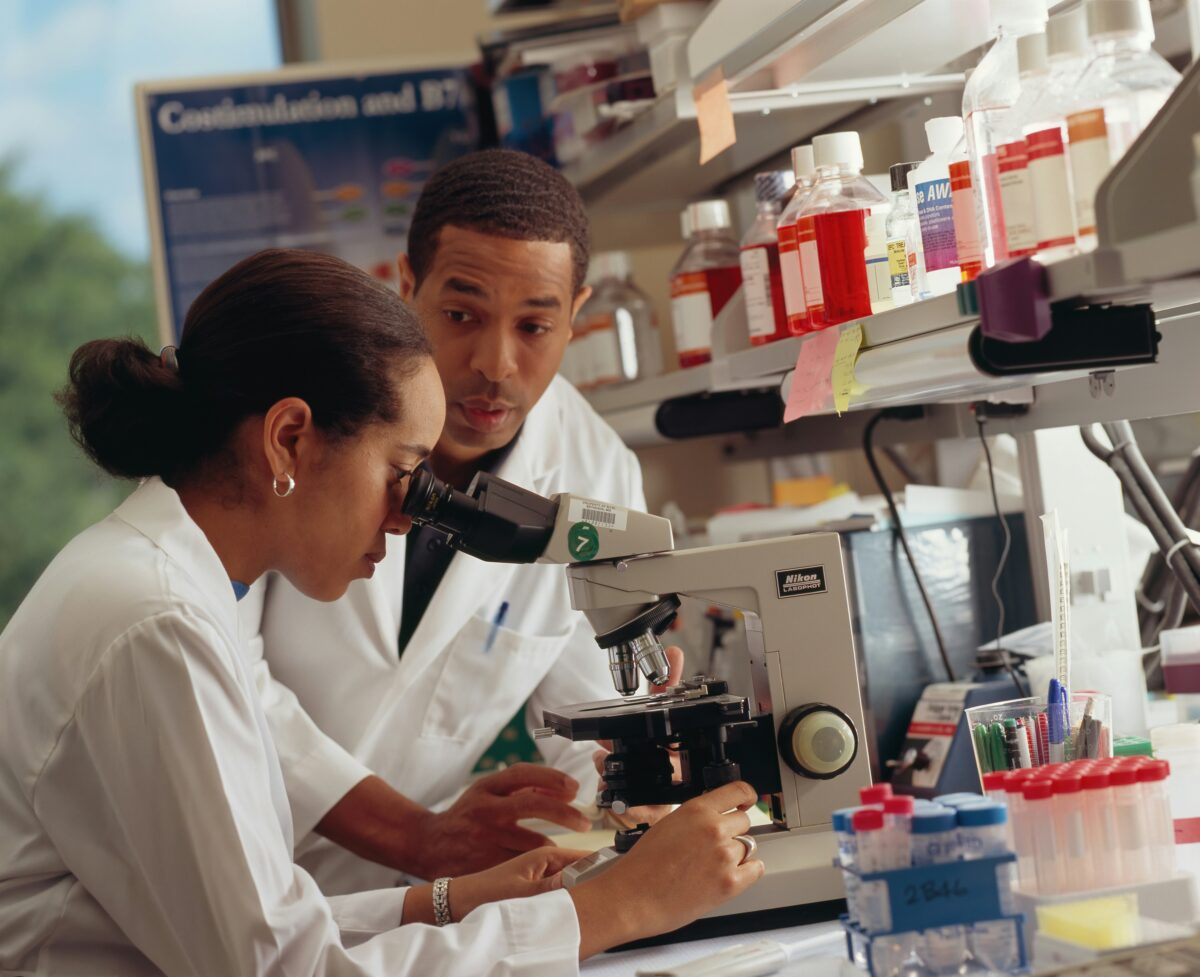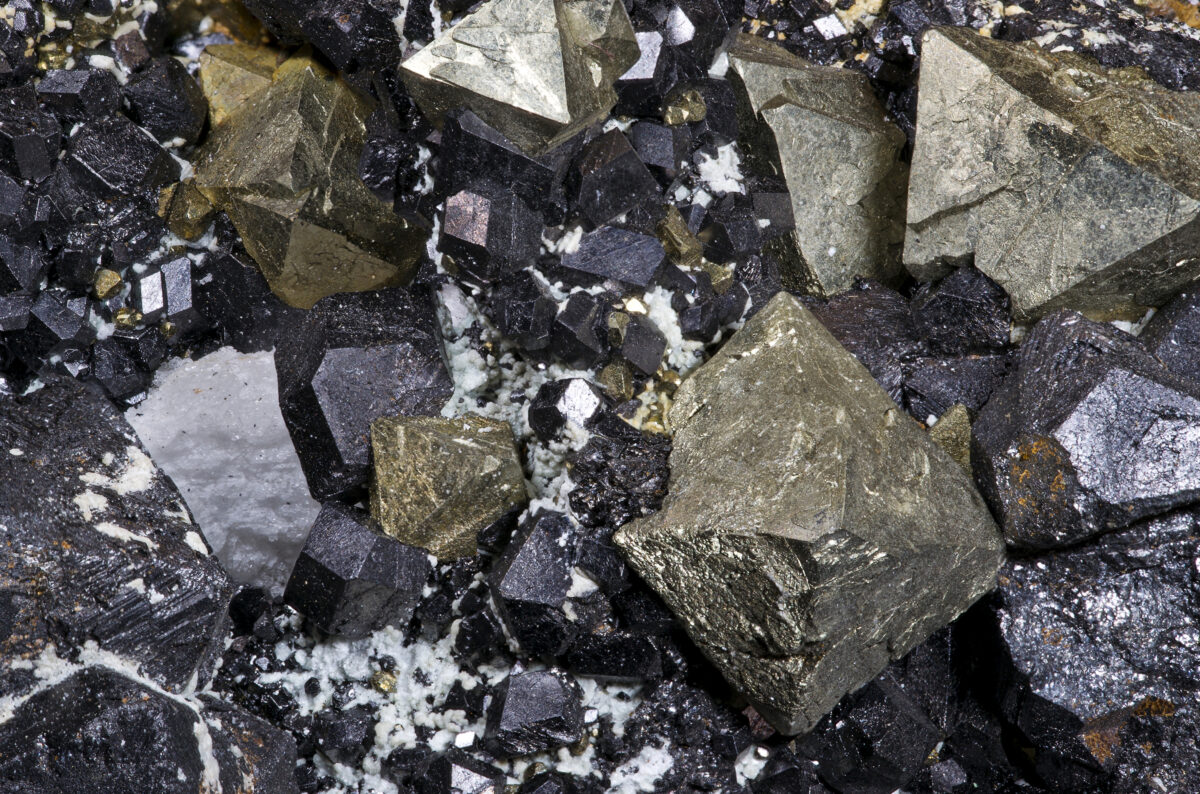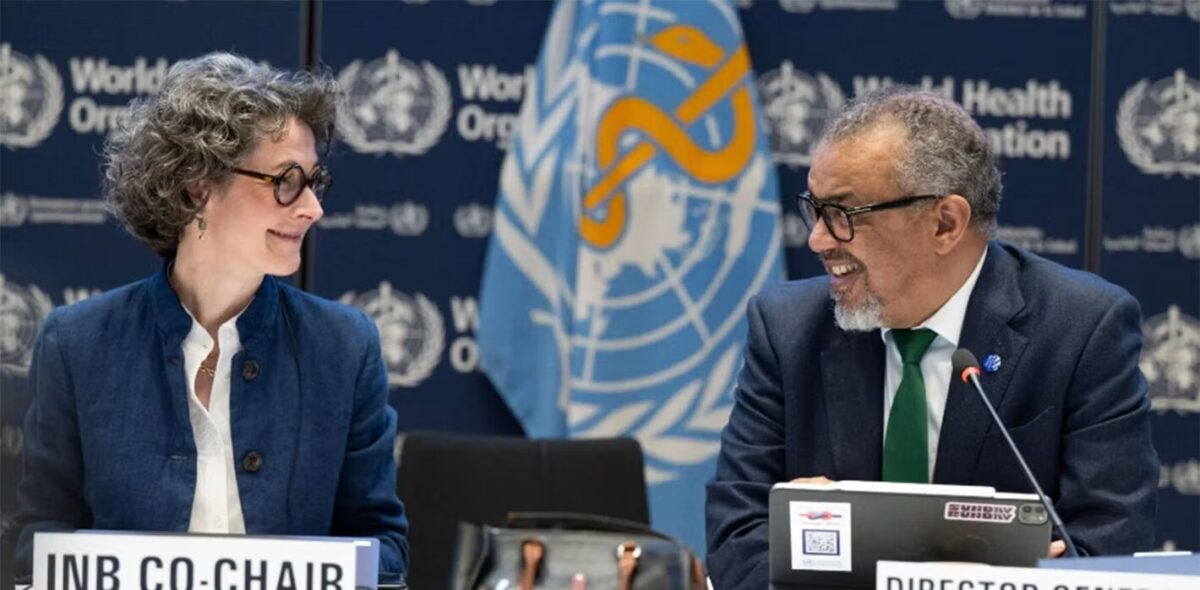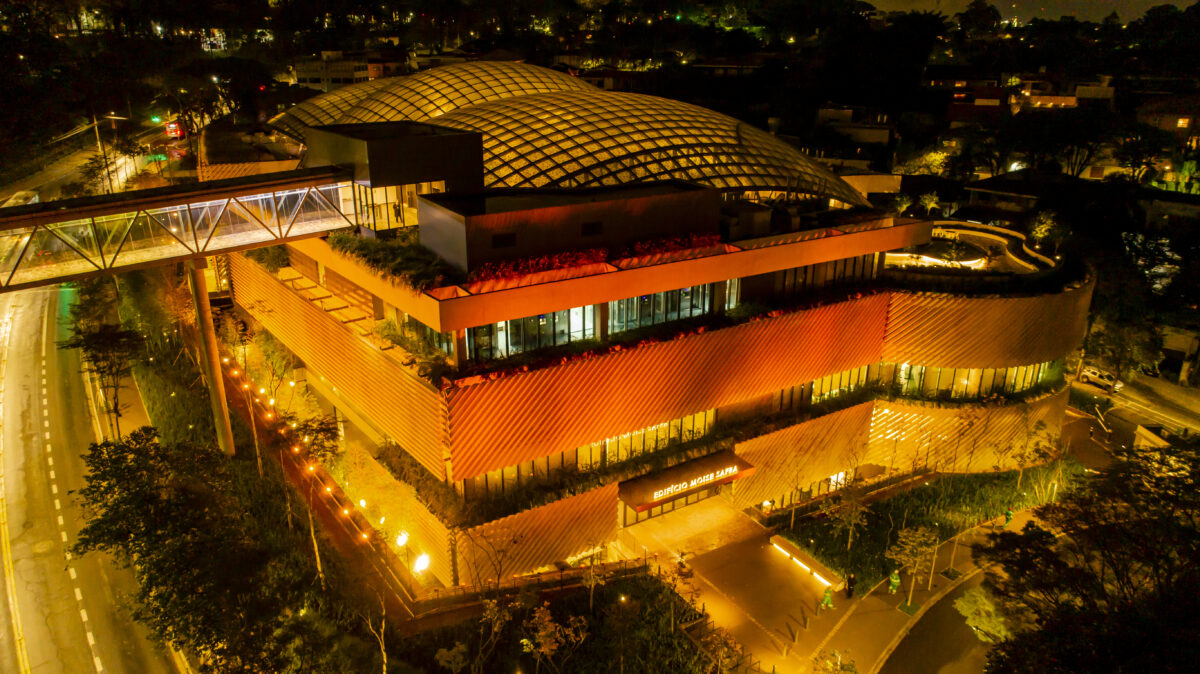 #News
#News
Magnetism against bone cancer
Nanomaterial developed in Brazil could improve tumor treatment using magnetic hyperthermia
 Mineral magnetita (foto acima) e vidro bioativo foram usados no desenvolvimento de novo material
| Crédito: Archaeodontosaurus/Wikicommons
Mineral magnetita (foto acima) e vidro bioativo foram usados no desenvolvimento de novo material
| Crédito: Archaeodontosaurus/Wikicommons
A new material composed of tiny particles of iron oxide and bioactive glass compatible with the human body could be used as an alternative treatment for bone cancer. The nanocomposite has two advantages: firstly, it could potentially be used in magnetic hyperthermia—a type of therapy used to kill tumor cells by overheating them—and secondly, it could facilitate regeneration of the affected bone tissue. The material was described by scientists from Hospital Israelita Albert Einstein (HIAE), the Federal University of ABC (UFABC), the University of Campinas (UNICAMP), and the University of São Paulo (USP) in the Biomaterials Advances. The study also involved collaborations with researchers from Italy and Germany.
In conventional magnetic hyperthermia, nanoparticles are injected into the bloodstream in areas surrounding the tumor and then agitated by a device that generates an alternating magnetic field at frequencies specifically determined for the treatment. The movement of the nanoparticles causes them to heat up to temperatures of 42 to 45 degrees Celsius (oC). The heat eliminates the cancer cells without harming healthy ones, which are more resistant.
With the new nanomaterial, the iron oxide particles—based on magnetite, the same material used in fridge magnets—are coated with bioactive glass. “This glass is made up of silicon, calcium, and phosphorus,” explains Juliana Marchi, a materials engineer at UFABC and lead author of the article. “These components release substances similar to our bone tissue, thus aiding bone regeneration.”
It should be noted that for the time being, magnetic hyperthermia is only being used experimentally and only to treat glioblastoma, a serious type of tumor that affects the central nervous system. Its use is still limited to a small number of people, purely as a supplementary therapy, and only in Germany. Its potential to help treat other cancers in combination with chemotherapy and radiotherapy, however, has been widely studied, including in Brazil.
Marchi’s group has been investigating and refining the properties of bioactive glass for the last 15 years, especially its ability to accelerate bone reconstruction. “This type of glass can also be used in dental prostheses or medical grafts, for example,” highlights the researcher.
Tests, tests, and more tests
The interdisciplinary research involved chemists, physicists, biologists, and dentists, and was divided into three stages. First, the UFABC team developed the highly magnetic biocompatible composite. “We did this using a new methodology for synthesizing materials developed by our scientists, which enabled us to identify compounds that don’t form crystals during processing, making the method more efficient,” says Marchi.
The next step was to submit the material to functional tests in HIAE’s labs, reproducing the conditions of a medical setting and assessing its potential for being heated to the ideal temperature for the treatment.
“The composite reached 42 oC in a matter of seconds,” says physicist Lionel Gamarra, head of the Nanobiotechnology for Pre-Clinical Studies Laboratory at HIAE. “When injected into a person, the material takes longer to heat up. But still, its potential for use in therapy is clear.”
In the third phase, the scientists evaluated whether the nanocomposite could aid bone regeneration. In vitro tests were conducted on stem cells extracted from the bone marrow of mice, with promising results.
According to Gamarra, the risk of adverse reactions is low because bioactive glass does not interact with the magnetic particles. “After application, some of it can be absorbed by the body, while the magnetic particles are eliminated from the body within a week or two.”
Caveats
Ricardo Bentes de Azevedo, a biomedical scientist and professor at the University of Brasília (UnB) who did not participate in the study, points out that there are two issues that need to be improved for treating bone cancer, but not necessarily through the creation of new composites.
“The first is to increase magnetization by improving control of the final temperature used in the procedure.” The other, he says, is to increase biocompatibility, thus improving the formation of new bone in place of the tissue damaged by the tumor.
The UnB researcher believes the new composite could help improve cancer treatment, but he makes one caveat: “animal and human testing is still needed before we can say for sure.”
For the time being, magnetic hyperthermia is only being used as an experimental treatment for glioblastoma
According to Marchi, the nanocomposite will next be submitted to performance assessments under the effect of a magnetic field. “In the future, we hope to carry out preclinical trials on animals, to corroborate the findings of the study’s experimental phase.”
The tests are set to be conducted at HIAE’s Nanobiotechnology Laboratory, which is part of Brazil’s National System of Nanotechnology Laboratories (SisNano), managed by the Ministry of Science, Technology, and Innovation (MCTI). Gamarra is also heading research at the lab to refine magnetic hyperthermia treatments.
On one front, he is adapting coils—the part used to create a magnetic field near the region of the tumor in the patient’s body—for the new device. According to Gamarra, this is another essential step towards making magnetic hyperthermia therapy a reality in the treatment of bone cancer.
In the laboratory, he and his team developed an approximately palm-sized straight coil—these parts are conventionally circular—in partnership with a European company that specializes in ship welding, which helped create specific welds for the researchers.
“Professor Juliana Marchi from UFABC leads the development of new materials, while we work on magnetic improvements. Both are important and this kind of collaboration is essential,” says Gamarra.
*
This article may be republished online under the CC-BY-NC-ND Creative Commons license.
The text must not be edited and the author(s) and source (Science Arena) must be credited.


